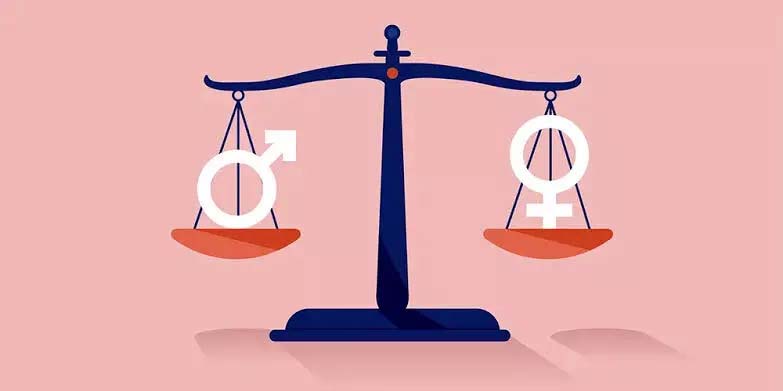
India’s Position in the Global Gender Gap Index
India has ranked 131st out of 148 countries in the World Economic Forum’s Global Gender Gap Report 2025, marking a decline from its 129th position in 2024. Despite this drop, India’s gender parity score has improved slightly to 64.4%, up from 64.1% the previous year. The relative decline in ranking is attributed to the improved performance of other countries, rather than a deterioration in India’s gender equality metrics. This positioning places India among the lowest-ranked nations in South Asia, reflecting ongoing challenges in achieving gender parity.
Economic Participation and Opportunity
India’s performance in economic participation and opportunity remains a significant concern. The country has closed only 39.8% of its economic gender gap, with less than 30% parity in estimated earned income and under 50% parity in labour force participation rate. The representation of women in senior leadership roles and technical positions is also low, indicating systemic barriers to women’s full participation in the economy. These disparities highlight the need for targeted policies to enhance women’s economic empowerment and address structural inequalities in the workforce.
Educational Attainment
In the realm of educational attainment, India has made notable progress. The country has achieved near parity in enrolment across all levels of education, with women now comprising a significant proportion of the student population. However, challenges persist in translating educational achievements into economic opportunities. Despite high enrolment rates, women’s representation in the workforce remains disproportionately low, underscoring the need for policies that facilitate the transition from education to employment for women.
Health and Survival
India has made strides in improving health and survival outcomes for women. The sex ratio at birth has improved, and access to healthcare services has expanded. These advancements contribute to the overall gender parity score. However, disparities in healthcare access and outcomes persist, particularly in rural areas and among marginalized communities. Addressing these disparities is crucial to ensuring equitable health outcomes for all women in India.
Political Empowerment
Political empowerment remains a significant area of concern. Women’s representation in political leadership positions is limited, with women holding only 6.9% of ministerial positions and 17.2% of parliamentary seats. While India ranks 65th globally in political empowerment, this is still below the global average. The underrepresentation of women in political decision-making processes limits their influence in shaping policies that affect their lives and perpetuates gender imbalances in governance.
Regional Comparison
Within South Asia, India ranks fifth in gender parity, following Bangladesh, Nepal, Sri Lanka, and Bhutan. Pakistan ranks lowest in the region. Despite improvements in certain areas, India lags behind its neighbours in achieving gender equality. For instance, Bangladesh has achieved a double-digit rank of 99th globally, highlighting the potential for progress through targeted interventions and policy reforms.
Challenges and Recommendations
India faces several challenges in closing the gender gap. Persistent gender norms, limited access to childcare, and safety concerns continue to hinder women’s full participation in the workforce. To address these challenges, experts recommend implementing policies that promote women’s safety, provide affordable childcare, and encourage women’s participation in traditionally male-dominated sectors. Additionally, efforts to increase women’s representation in leadership positions and political decision-making are essential for achieving gender parity.
Conclusion
While India has made incremental progress in closing the gender gap, significant challenges remain. The country’s ranking of 131st in the Global Gender Gap Report 2025 reflects the need for sustained efforts to address systemic inequalities and promote gender parity across all sectors. By implementing comprehensive policies that address the multifaceted barriers women face, India can work towards achieving gender equality and empowering women to contribute fully to the nation’s development.

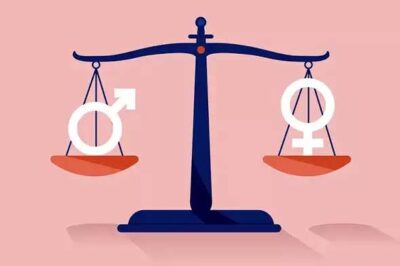

































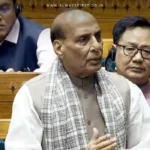


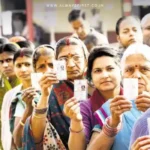
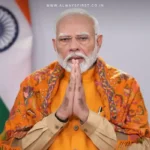

Leave a Reply